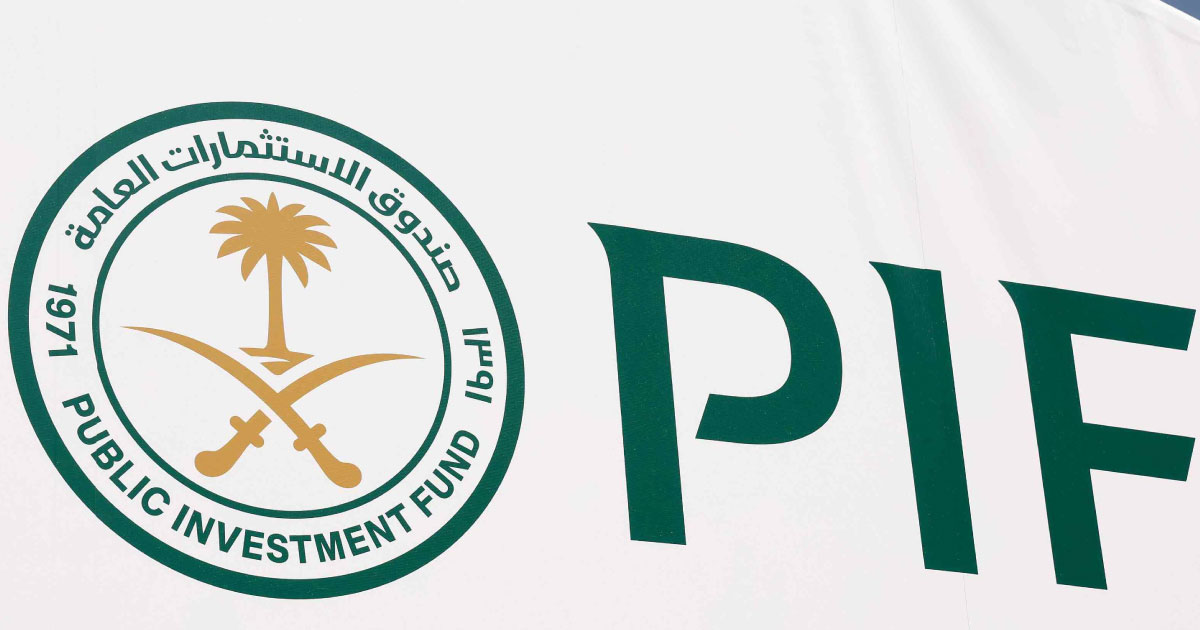The Middle Eastern country is already working to host the event.
Two years after Qatar hosted the most expensive FIFA World Cup ever, Saudi Arabia has unveiled its plans for the 2034 event.
In many ways, the tournament represents the pinnacle of the country’s ongoing westernization process.
Investments in Recent Years
Three years ago, the country’s powerful sovereign wealth fund purchased Newcastle United, a Premier League club. Cristiano Ronaldo, one of the biggest names in sports, joined the local club Al Nassr for an estimated annual salary of $200 million.
Attempts to sign Lionel Messi for $400 million per year did not yield the desired result, but Brazilian star Neymar and French striker Karim Benzema are now playing in the Saudi league.
Although attendance at local matches remains low, the Saudi Pro League has managed to secure broadcast deals in over 130 countries at high rates.
Additionally, more Saudi women are becoming involved in football following the league’s rapid growth in recent years.
The Saudi Government’s Plans
The government also hopes that by investing in youth development, the sport can grow in time to feature homegrown stars for the 2034 event.
The local government hopes that the tournament will significantly boost the country’s appeal as a tourist destination.
Last week, Saudi authorities announced that by 2034, 15 football stadiums will be ready, 11 of which will be newly built.
In addition to Riyadh, the others will be in Jeddah, Al Khobar, Abha, and Neom, a completely new urban area in the northwest of the country.
All the stadiums will have more than 40,000 seats, as required by FIFA.
The most striking of these is, of course, the Neom stadium.
Located within the Line project, envisioned as a pair of mirror-clad towers that will eventually stretch about 105 miles, this facility will rise 350 meters above the ground and run entirely on renewable energy.
The Economic Impact
It is currently unclear how much all of this will cost, but Qatar spent around $300 billion.
For Saudi Arabia, the total expenditure would likely be lower due to lower oil prices.
However, expected foreign investments are proving more limited than anticipated, and the budget deficit has already forced the government to closely monitor overall spending.
The capital Riyadh is benefiting from these circumstances, as its developments are prioritized over those in Neom, where The Line has already seen some plans scaled back, according to Bloomberg News.
There are also long-term costs to consider.
State lenders that helped Doha finance the 2022 World Cup—from highways to hotels, stadiums to sewer systems—are struggling with rising loan losses, according to Bloomberg News. Crown Prince Mohammed bin Salman will want Saudi Arabia to avoid similar situations.
The economic impact of the 2034 World Cup on Saudi Arabia
The Middle Eastern country is already working to host the event. Two years after Qatar hosted the most expensive FIFA World Cup ever, Saudi Arabia has unveiled its plans for the 2034 event. In many ways, the tournament represents the pinnacle of the country’s ongoing westernization process. Investments in Recent Years Three years ago, the country’s powerful sovereign wealth fund purchased Newcastle United, a Premier League club. Cristiano Ronaldo, one of the biggest names in sports, joined the local club Al Nassr for



